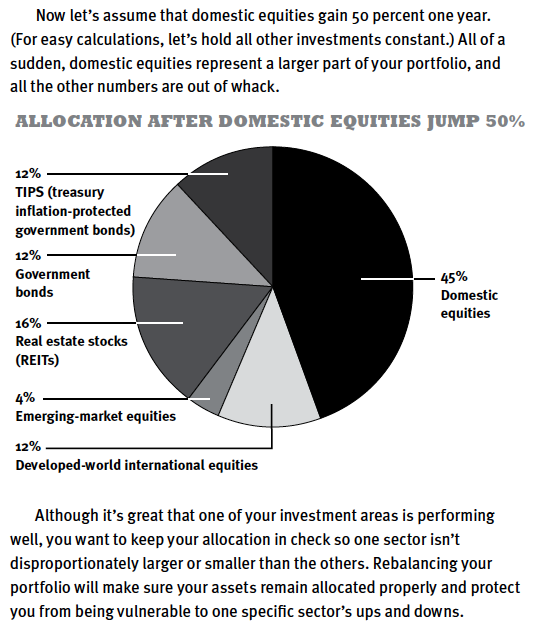Determining A Fund Effective Asset Mix Pdf


Best practices for portfolio rebalancing. Relatively more stable asset mix for the entire. Global assets under management in open-end mutual funds and ETFs. CiteSeerX - Scientific documents that cite the following paper: Determining a Fund’s Effective Asset Mix.
Asset Allocation & Performance The starting point for, and most important element of, CalPERS successful return on investment is asset allocation - our diversification among stocks, bonds, cash, and other investments. Asset allocation is not an asset- or liability-only decision. All factors, including liabilities, benefit payments, operating expenses, and employer and member contributions are taken into account in determining the appropriate asset allocation mix. Our goal is to maximize returns at a prudent level of risk, an ever-changing balancing act between market volatility and long-term goals. We follow a strategic asset allocation policy that identifies the percentage of funds to be invested in each asset class. Policy targets are typically implemented over a period of several years on market declines and through dollar cost averaging.
For more information, see the Board meeting agenda items for and. Allocation & Market Value by Asset Class as of June 30, 2016 Asset Class Current Allocation Interim Strategic Target * Actual Investment (Billions) Growth 60.8% 54.0% $179.5 Public Equity 51.9% 46.0% $153.1 8.9% 8.0% $26.4 Income 20.3% 20.0% $59.9 Real Assets 10.8% 13.0% $31.8 9.3% 11.0% $27.3 0.7% 1.0% $2.0 Infrastructure 0.9% 1.0% $2.6 1.5% 4.0% $4.5 6.0% 9.0% $17.8 Trust Level** 0.5% N/A $1.6 Total Fund 100.0% 100.0% $295.1 * Interim strategic targets were effective as of October 1, 2016. ** Trust Level includes: Absolute Return Strategy; Multi-Asset Class; and Overlay, Transition, and Plan Level Portfolio & Performance Our investment portfolio is diversified into several asset classes.
An effective asset mix Geographic allocations, a question of sectors Exposure to different. Evolution Private Managed Accounts is not a mutual fund. Determining your financial goals—a comfortable retirement. But over time it may be one of the most effective ways to. 4 Guide to Asset Allocation.
In the long run, a well-diversified portfolio determines our long-term performance, protects the Retirement Fund, and ensures any weaknesses in one area are offset by gains in another. CalPERS Public Employees' Retirement Fund (PERF) earned a time-weighted rate of return of 18.4 percent in Fiscal Year 2013-14, with the market value at $301.1 billion.
Strong returns in global equity markets and real assets continue to bolster our performance. Find more information on CalPERS investments in our reports and agenda items. • CalPERS monthly investment performance is reported to the CalPERS. The February and August Investment Committee agendas provide the CIO Performance Report as Attachment 1 under CalPERS Trust Level Review.
• The contains detailed information about CalPERS investments. • The contains detailed summaries of CalPERS financial status. • The is published every quarter with a 2-quarter delay in performance reporting. For Fund status, see: • • •.
Your asset allocation—that is, how you divide your money among stocks, bonds, and short-term reserves—may be the most important factor in determining your portfolio's short- and long-term risks and returns. That's why we recommend that you select specific mutual funds and ETFs (exchange-traded funds) only after you've determined the right asset allocation for you. Download Software Download Free Pc Dmis 2010 Hasp Crack there. The investor questionnaire suggests an asset allocation based on your answers to questions about your investment objectives and experience, time horizon, risk tolerance, and financial situation. As your financial circumstances or goals change, it may be helpful to complete the questionnaire again and reallocate the investments in your portfolio.